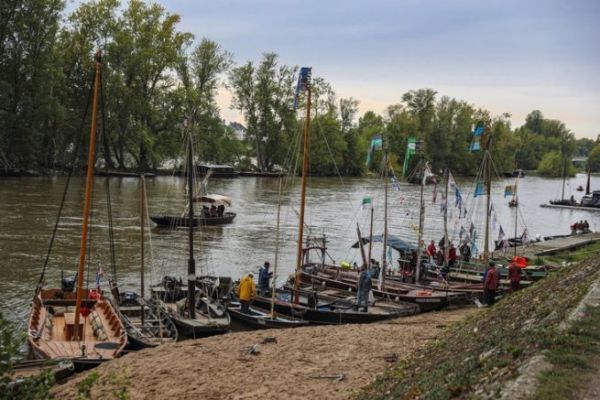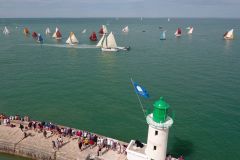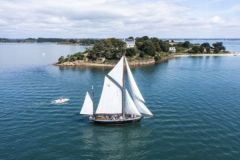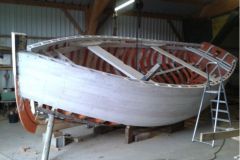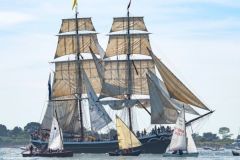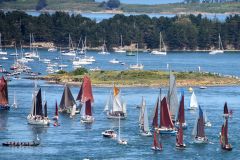From September 24 to 28, 2025, the quays of Orléans resounded to the rhythm of the masts, the songs and the maneuvers of the bargemen. With 240 boats from all over Europe, the Festival de Loire confirmed its role as a crossroads between river memory and contemporary nautical practices. More than just a show, this event explores the place of rivers in our nautical heritage and culture.
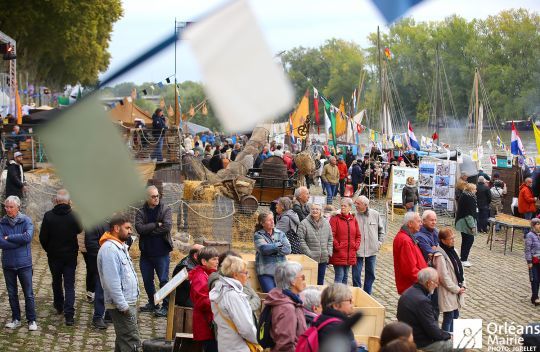
Preserving the Loire's sailing heritage
The participation of 700 bargemen was a reminder of the central importance of passing on skills and techniques. Traditional boats - gabares, fûtreaux or toues - embody a collective memory forged by river transport, fishing and trade. The Orléans event provides an opportunity to observe these units in operation, and to understand the demanding maintenance required on these hulls, often built from solid wood. For visitors, it's also a chance to delve into the history of inland waterway transport and the know-how associated with the river.
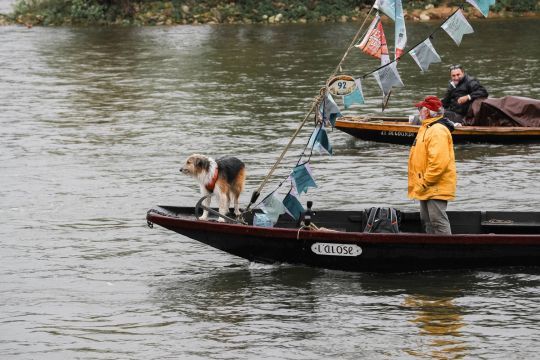
Openness to Alpine lake traditions
Guests of honor in 2025, Lake Como, Lake Maggiore and Lake Geneva added a new dimension. Nearly 30 boats have joined the Loire fleet. Their presence illustrates the kinship between lake and river navigation, both shaped by the transport of passengers and goods. Demonstrations, combining rowing techniques, gastronomy and artistic performances, underlined the bridges between European nautical cultures.
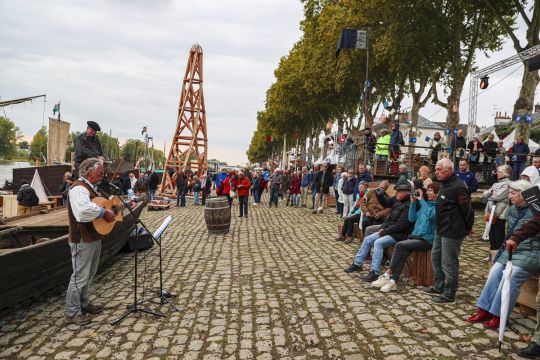
The role of major nautical events
With 550,000 visitors, the Festival de Loire has established itself as a driving force for river navigation. Gatherings of this kind stimulate boat restoration and encourage the construction of replicas. They also serve as a showcase for marine carpenters and the associations that strive to keep ancient techniques such as caulking and traditional carpentry alive. Last but not least, these events enable sailors to share their passion with a public often far removed from the nautical world.
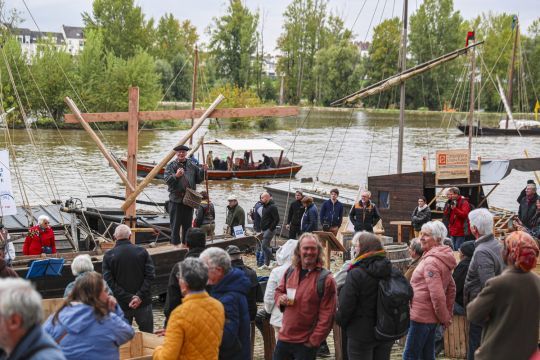
Passing on to younger generations
More than 7,500 students took part in Discovery Village workshops. Scale models, boat tours and biodiversity-related activities all contributed to arousing their curiosity. This pedagogical approach is one of the major challenges: how can we inspire new generations to take ownership of a demanding heritage, where boat maintenance requires time, specific materials and often rare know-how?
Accessibility and inclusion on the platforms
The festival also promoted accessibility. Local associations accompanied visitors with disabilities, and vibrating vests enabled hearing-impaired visitors to follow the sound shows. The PRM platform installed on the pontoon offered unprecedented access comfort. These initiatives raise a central question for major nautical gatherings: how can we open up our river heritage to as many people as possible, regardless of their physical or social conditions?

 /
/ 